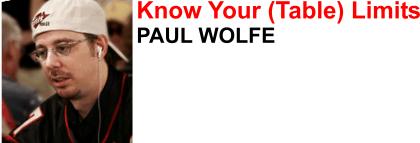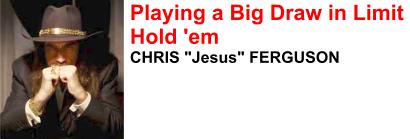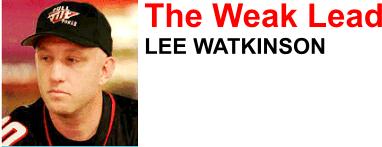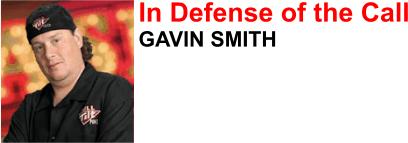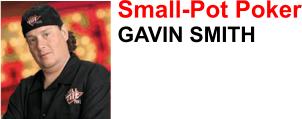Poker Pro: How much luck? How much skill?

 “The fact is, these kinds of events should have less of an impact on your overall results the more you play.”
“The fact is, these kinds of events should have less of an impact on your overall results the more you play.”
If you’ve ever sat at a poker table, you’ve invariably heard the questions asked in the title of this article. While all serious players believe poker is a game of skill, they don’t always agree on how skilful a game it really is. Some people believe the skill to luck ratio falls at somewhere around 70% – 30%, while others argue that the ratio is closer to 90% – 10%. If you ask me, however, I’ll tell you something you won’t hear from almost anybody else. Poker is 100% skilful.
Now, I know many of you are already skeptical about how I can make this kind of claim. What about bad beats? Or the times you’re out-drawn on the river? How can I not figure these kinds of situations into my thinking? The fact is, I already have. Variance is part of poker and it would be highly unusual if bad beats didn’t occasionally happen or if two-outers didn’t sometimes hit on the river, as this would defy the laws of probability. The fact is, these kinds of events should have less of an impact on your overall results the more you play.
If you only play a few hands or a few hours of poker at a time, luck will undoubtedly play a bigger factor in your results than if you play regularly. For example, let’s look at a player who puts in eight hours a day, five days a week, for 50 weeks per year, which is equivalent to 2,000 hours at the table. Assuming this is a solid, smart player who doesn’t vary his or her stakes throughout the course of the year, I believe their talent will outweigh the effect of luck to ensure that they produce positive results year after year. That’s not to say this player won’t run into the occasional rough patch or have losing sessions, but by sticking to their game plan, these occasional down-turns shouldn’t adversely affect their bottom line.
In effect, all players get paid for every good decision that they make and penalized for their bad ones. By continuously making high-quality decisions over the course of so many hours, skilful players should make more good decisions than bad, and see their bankrolls grow as a result. I have done this for more than 33 years, and know many other professional players who have produced similar results for many years. What this shows me is that, over the long haul, luck is not only insignificant when it comes to your results – it’s non-existent.
It takes a true professional to look at poker in this way, and I fully expect that many people will disagree with my conclusions. but I believe that, over the long term, luck has nothing to do with being a winning poker player.
Ben Roberts
![]() Nicknamed “Gentleman Ben”, Ben Roberts is the UK’s most successful cash game player. He was born in Persia, but moved to London when he was a teenager and around that time, he started playing poker…
Nicknamed “Gentleman Ben”, Ben Roberts is the UK’s most successful cash game player. He was born in Persia, but moved to London when he was a teenager and around that time, he started playing poker…
![]() Having played at bet365 Poker for years we really enjoy and recommend them highly. bet365 is the lead member of the Playtech iPoker Network.
Having played at bet365 Poker for years we really enjoy and recommend them highly. bet365 is the lead member of the Playtech iPoker Network.



 There’s lots of choice when it comes to poker networks including the iPoker Network, Microgaming Poker, Chico Poker and WPN Poker Networks. Check out the latest
There’s lots of choice when it comes to poker networks including the iPoker Network, Microgaming Poker, Chico Poker and WPN Poker Networks. Check out the latest 
